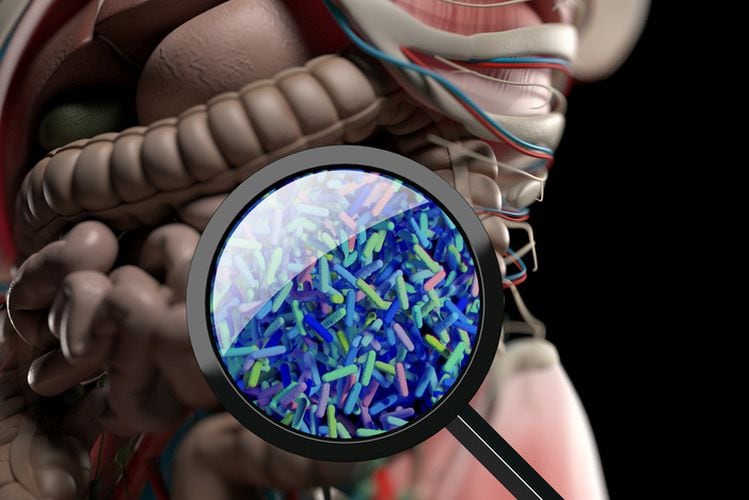According to a study conducted in the Penn State Sensory Evaluation Center in the College of Agricultural Sciences, researchers found that people are able to detect even minor differences in texture because of the human mouth's sensitivity to different levels of pressure based on varying particle sizes of a food.
Despite being a key driver of the acceptance or rejection of foods, co-author of the study and associate professor of food science at Penn State John Hayes pointed out, oral texture perception is not at as well understood and studied compared to taste and smell, two other sensory inputs critical for flavor perception.
"We've known for a long time that individual differences in taste and smell can cause differences in liking and food intake -- now it looks like the same might be true for texture," said Hayes. "This may have implications for parents of picky eaters since texture is often a major reason food is rejected."
The perception of food texture arises from the interaction of a food with mechanoreceptors (tiny sensory receptors that respond to physical stimuli) in the mouth, Hayes noted. Texture perception depends on neural impulses carried by multiple nerves.
Hayes noted that the reason texture perception may not be as well understood as taste and smell, is that texture typically is not noticed when it is within an acceptable range, but that it is a major factor in rejection if an adverse texture is present, said Hayes.
Analyzing texture in chocolate
To conduct the research, Hayes and his team selected to study the texture perception of two different samples of dark chocolate. Hayes explained that because chocolate is a semi-solid suspension of fine particles from cocoa and sugar dispersed in a continuous fat base it is an ideal food for the study of texture.
For chocolate specifically, oral texture is a critical quality attribute, with grittiness often being used to differentiate bulk chocolate from premium chocolates, noted Hayes.
"Chocolate manufacturers spend lots of energy grinding cocoa and sugar down to the right particle size for optimal acceptability by consumers," Hayes said. "This work may help them figure out when it is good enough without going overboard."
Participants were split into groups based on high or low tongue sensitivity and then were asked their perceptions about various textures in two types of commercially available dark chocolate (ultra premium Scharffen Berger Bittersweet Dark chocolate and less premium ChocoLove Strong Dark chocoloate).
The research included 111 volunteer tasters who had their tongues checked for physical sensitivity using a toothbrush-like device that gauged their ability to discern between different amount of pressure applied to their tongues. Participants were split into groups based on high or low tongue sensitivity and then were asked their perceptions about various textures in two types of commercially available dark chocolate (ultra premium Scharffen Berger Bittersweet Dark chocolate and less premium ChocoLove Strong Dark chocolate).
Researchers found a significant correlation between chocolate-texture discrimination and pressure-point sensitivity for the high-acuity group on the center tongue. A similar relationship was not seen for data from the lateral edge of the tongue. Researchers found that 17 of 20 of more acute individuals correctly identified the grittier chocolate versus 12 of 24 less acute individuals.
"These findings are novel, as we are unaware of previous work showing a relationship between oral pressure sensitivity and ability to detect differences in particle size in a food product," Hayes said.
"Collectively, these findings suggest that texture-detection mechanisms, which underpin point-pressure sensitivity, likely contribute to the detection of particle size in food such as chocolate."
Takeaway for chocolate manufacturers
For chocolate specifically, oral texture is a critical quality attribute, with grittiness often being used to differentiate bulk chocolate from premium chocolates, noted Hayes.
The results of the study show a link between an individual's sensitivity to pressure (a proxy for particle size) and his or sensitivity to the grittiness of chocolate.
"Chocolate manufacturers spend lots of energy grinding cocoa and sugar down to the right particle size for optimal acceptability by consumers," Hayes said. "This work may help them figure out when it is good enough without going overboard."




